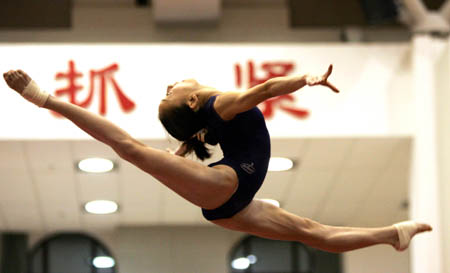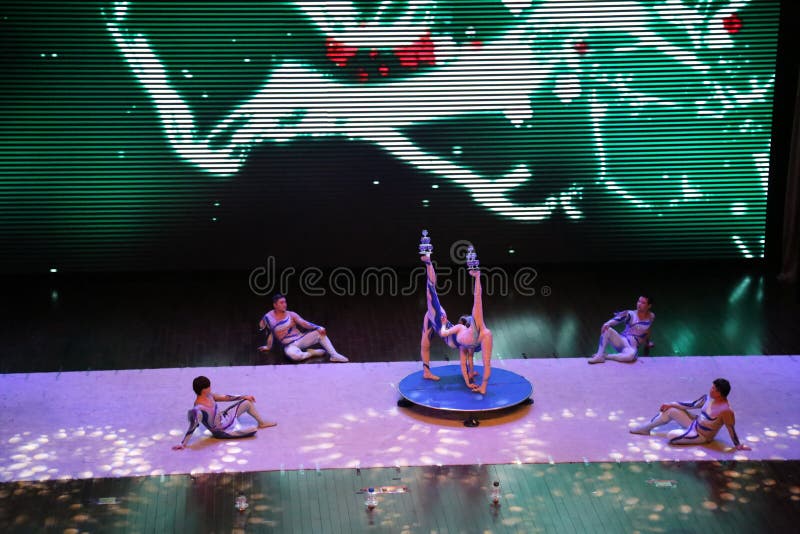

Some of these events, like boxing, wrestling and racing, appeared in the ancient Olympic Games prior to their discontinuation in 393 C.E.Īn ancient Egyptian artwork depicting a dancer performing a backbendįollowing the decline of Greek civilization and the rise of the Romans, gymnastics evolved “ into a more formal sport.” As seen in Sparta, the Romans viewed athletic activity as a means to a martial end. Many of the exercises once categorized as gymnastics are now viewed as distinct sports.

As surgeon and educator David William Cheever wrote for the Atlantic in 1859, “The Athenians wisely held that there could be no health of the mind, unless the body were cared for-and viewed exercise also as a powerful remedial agent in disease.” Different Greek city-states had varying reasons for embracing the sport: In Cheever’s words, the “hardy Spartans, who valued most the qualities of bravery, endurance and self-denial, used the gymnasia only as schools of training for the more sanguinary contests of war.” The ancient Greeks practiced gymnastics as part of a slate of activities designed to promote physical and mental health. The name of the sport itself is derived from the Greek word gymnazein, meaning “to exercise naked.” As alluded to by this definition, most activities, including running, tumbling floor exercises, weight lifting and swimming, were undertaken while unclothed. The sport traces its roots to ancient Greece, where men performed physical exercises in spaces known, fittingly enough, as gymnasiums. fresco depicts three individuals leaping over a bull in a manner reminiscent of modern vaulting. Today, women artistic gymnasts compete for individual and team all-around titles in four events (vault, uneven bars, beam and floor), while male gymnasts compete in six events (floor, pommel horse, rings, vault, parallel bars and horizontal bar).įrom classical civilization to Olga Korbut to Tokyo 2020, here’s what you need to know about gymnastics’ evolution over the past two millennia.

The sport’s most popular discipline- artistic gymnastics-made its Olympic debut in 1896, at the first modern Games. (Read Dominique Dawes’ guide to watching gymnastics at the Olympics here.)īiles’ ongoing efforts to redefine the already gravity-defying sport represent the latest chapter in gymnastics’ 2,000-plus years of history. (Soviet gymnast Larisa Latynina holds the Olympic record, with 14 individual medals and 4 team ones Biles currently has 5.) She’s also the most decorated gymnast, male or female, in World Championship history. Widely considered the greatest female gymnast of all time, the athlete was the first to perform at least four exceptionally difficult skills in competition, including a triple-double on floor and a double-double dismount on beam. Landing this vault is far from the only example of Biles making gymnastics history.
#Forbidden chinese gymnastic moves full#
A move “considered so perilous and challenging that no other woman has attempted it in competition,” per the New York Times, the skill found the 24-year-old launching herself toward a stationary vaulting horse at speeds of up to 15 miles per hour and flipping her body through the air a full two-and-a-half times. Two months before the Tokyo 2020 Olympics, Simone Biles-the reigning women’s gymnastics all-around champion- made history by becoming the first woman to successfully perform a Yurchenko double pike in competition.


 0 kommentar(er)
0 kommentar(er)
